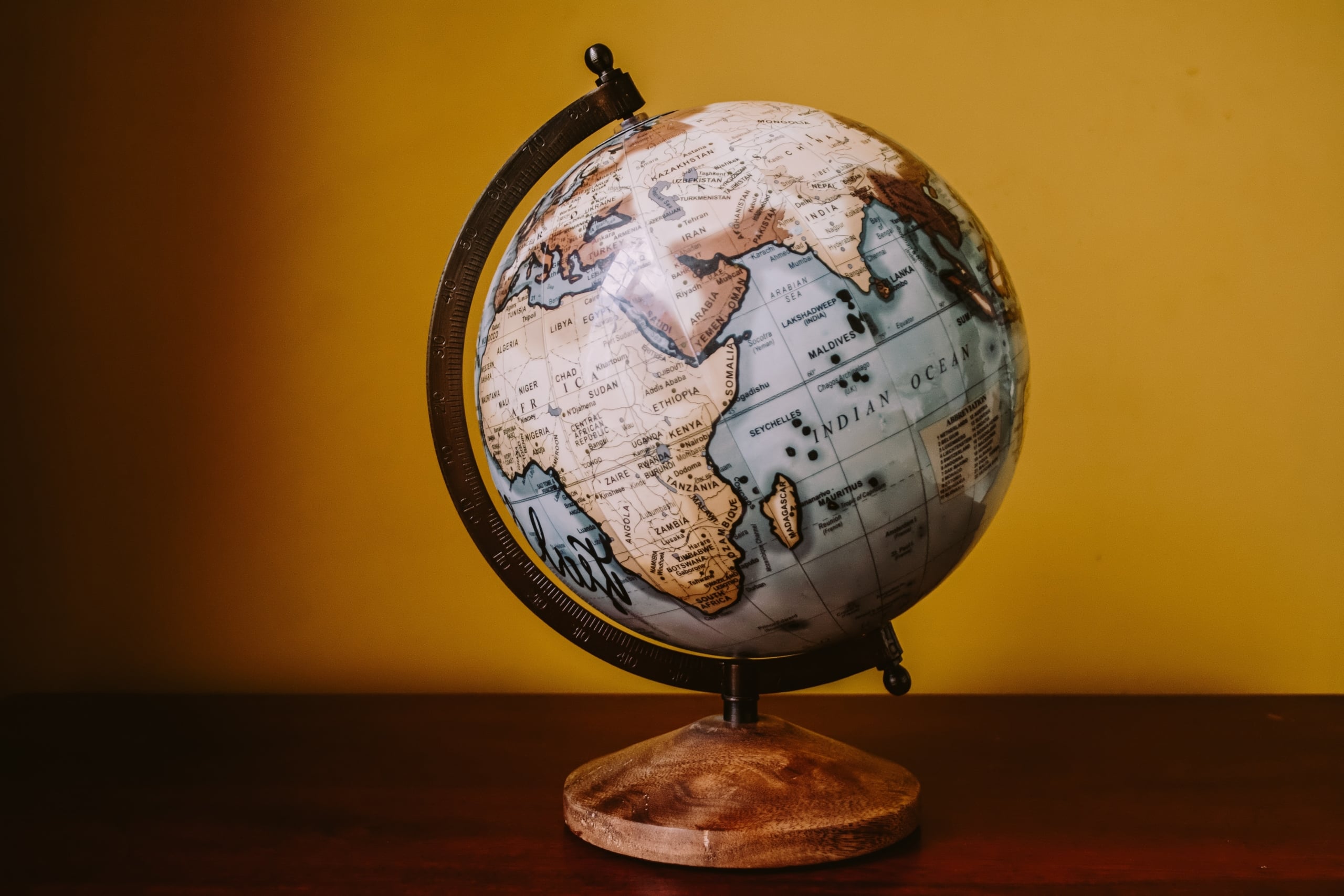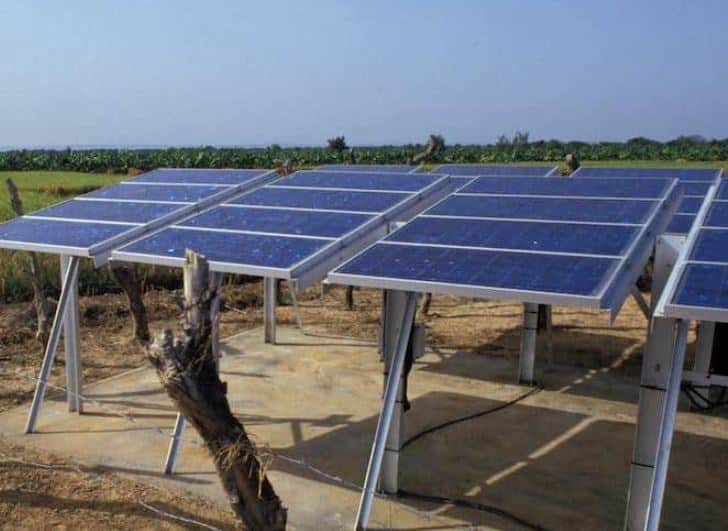Rural electrification: Time to get messy?
The story goes that Franklin D Roosevelt first took an interest in rural electrification while staying at a small cottage in Georgia, where he would get hydrotherapy treatment for his crippling polio. He was apparently unpleasantly surprised at being charged four times the rate per kWh as charged in New York.
That was in 1925. Eleven years later he signed the Rural Electrification Act (REA), one of the key pieces of legislation in the New Deal, designed to lift America out of the Great Depression. The Act was born out of the recognition that full economic recovery depended on agricultural recovery, and electricity would provide the required boost to productivity.
Yet the USA was way behind on the electrification of its rural areas. In 1925 only 205,000 of the 6.3 million farms were receiving electricity. The REA would change this through providing long-term, self-liquidating loans to local governments, famers’ cooperatives and non-profit organizations. And it worked – by 1939 the number of farms using electric services more than doubled. By the 1970s, about 98% of farms were electrified.
On the 80th anniversary of the signing of the REA, when we’re thinking about how to provide electricity to the 1.1 billion that still don’t have it, should we look to replicate Roosevelt’s scheme? Or, for all its success, is it now an outmoded model? Is this top-down, government led approach still relevant in a world of entrepreneurship, where the mantra is so often “let the market provide”? When the rural areas that need electrification are in the developing world, with equally developing governments, can this approach still work?
Organized means power for all
These were the questions we debated at a recent round table discussion hosted by Factor[e], here in Fort Collins. Along with Sam Parker, Director of the Shell Foundation, and representatives from the Rocky Mountain Institute, National Renewable Energy Lab, Colorado State University Energy Institute, the Colorado Rural Electric Association, and several private companies working in the energy space including Spirae, we considered: what is the optimum approach to rural electrification? Out of this discussion, two paths to rural energy access emerged, which we characterized as “Messy” and “Organized”.
The REA is typical of the Organized path. It operated through a centrally co-ordinated policy, supported by low-cost, long-term debt in local currency. Critically, the emphasis was on access – every last user was promised power at an affordable rate, no matter how remote they are. It’s probably no surprise that China absolutely nails the Organized approach. It’s reported that 100% of Chinese people now have access to power, up from 50% in 1976. Last December, the last 39,800 people were brought onto the national grid at a cost of $324m, using over 5,000 workers to wire two extremely remote villages in the Quighai province located at 13,100 ft. If that’s not organized I don’t know what is.
With 1.1 billion people lacking access to energy, and those people living predominantly in poor, remote areas the Organized path seems the way to go doesn’t it? And surely the understanding that access to electricity stimulates growth will drive policy-makers to make plans for universal rural electrification – pulling their country up through better health, security and productivity?
Energy needs political power
In theory, yes. But the reality can be elusive. For China, it relied on a totally centralist (bordering on dogmatic) approach. Few governments can replicate this model.
The REA worked because it was delivered in a framework of strong, accountable governance. From Roosevelt down, it had the backing and resources required to maintain its promise for the long-term. Regrettably, this isn’t always the case.
More than 300 million people are without electricity in rural India. This is despite establishing the Rural Electrification Corporation (REC), designed specifically to provide electricity to remote villages across the country.
To date, the REC has been stymied by a lack of resources, lack of political will, poor planning and electricity theft. In the context of the world’s largest democracy, where much of the governing and service provision occurs beyond the national government, weak, under-funded local and regional governments have left many villages unconnected. Even in comparatively wealthy and urbanized states, there is a gap between electrification rates and the massive number of people left in the dark. In Delhi State, 99.1% of the population has access to at least some electricity, but that still leaves around 200,000 people without.
If the public sector cannot fund, manage and protect a national grid, the Organized approach will fail. And even with the best intentions in the world, weak, underfunded government is endemic to the developing world.
Messin’ around
So maybe it’s time to get a bit messy. No grand plan – just let market forces provide the solution. Government steps back and lets the entrepreneurs, big or small, foreign or local, read the market and respond accordingly. So when I say messy, I mean organic, unstructured, led by demand.
It gets really messy (in a good way) when the grid starts to grow. Consider the moment when home solar systems and microgrids start to connect and compete with each other: you have messiness, but also an expanding network of energy access.
As ad hoc models proliferate and demonstrate success, investors start to realize the benefits of scale. They, and successful ventures, focus on merging or acquiring strategically to pursue the lowest cost growth: this is the hallmark of open commerce. Ultimately, the multitude of private providers could be served by ventures that aggregate them together and then provide universal services like metering and billing, design, optimization, finance and so on.
The key benefit to the Messy path is speed. Whether they are providing solar systems, microgrids or private grid extension services, entrepreneurs excel at efficiency and effectiveness. Unencumbered by bureaucracy and motivated by return, they won’t tolerate – and can’t afford – delay. And because the solutions are scaled accordingly, they are less likely to over-promise and under-deliver.
This speed benefit is evidenced most when we see developing nations leapfrog from primitive to cutting edge solutions, skipping the intervening steps that developed nations have had to go through. It’s a form of time travel, jumping straight from the 19th to the 21st century. Today, cell phones are as common in Nigeria as they are in the United States, while landlines are rare.
The downsides to the Messy approach are obvious – it falls short of the Organized approach’s raison d’etre of designing solutions first and foremost around universal access. At least at the outset, Messy fails to serve that farmer who works 5km from the nearest village, with an income is less than $5 a day. It won’t be cost-effective for an entrepreneur to bring electricity to that farmer, thereby excluding them or forcing them to adopt their own solution. In fact, whole villages could be overlooked in favor of denser, wealthier ones.
And although the up-front costs are lower, LCOE is likely higher over the long-term, resulting in higher costs for customers – as Roosevelt discovered in Georgia back in 1925.
Customers may also experience lower power capacity. If electricity is an engine for growth it has to be able to serve the industrial sector, large and small. If a mechanic cannot power his tools or a farmer his irrigation, there is a limit to the economic impact we can expect from electrification.
The need for speed
Whether you believe that electricity is a fundamental human right, as recently ruled in India, or should be provided as part of a global initiative, you can’t argue with its ability to improve the lives of millions. With that being the case, then surely the Organized path is the way to go? Is it the only way to ensure access for all?
Well I don’t think the world can wait. To make the Organized path work in most developing countries means fundamentally addressing weak governance, corruption and a lack of public sector funding for investment in infrastructure. And whilst I applaud every effort to do that, every year spent doing it is another year where billions of people live without basic sanitation, access to health and education, and the ability to prosper.
This is why Factor[e] works with a portfolio of entrepreneurs from around the world to transform their ideas for improving access to sustainable energy into solutions that will work in the market. From reinventing steam power to low cost smart meters, entrepreneurs are fizzing with ideas that will have a profound impact.
People power
So am I advocating the Messy path? Kind of. It might not be perfect, but I have three reasons to believe in its future and its ability to reach everyone.
First, connectivity, virtual and real. The ability for great talent to cooperate has never been better. Exchanging and using data has never been easier. The ability to physically connect power systems (either from the bottom up or top down) is now a reality. With this new generation of technologies, a Messy start today can evolve into an Organized system tomorrow.
Second, technology – especially clean, distributed energy technology – is getting cheaper. According to GTM Research the average global PV system installed costs will fall from $2.16 per watt in 2014 to $1.24 per watt by 2020.
Third, social enterprise is beginning to mature. We are already seeing the private sector take on large-scale infrastructure projects, either directly, such as Google’s Project Loon, or indirectly, via foundations like the Shell Foundation. Private capital, combing the world for opportunity, is now flowing into the energy access sector.
To be messy is to be human. It perfectly reflects our innate desire to experiment, explore and thrive. To try new things, build on our mistakes, and collaborate for our future. The folks who sat around our table the other week and the ventures we work with every day, want to make people’s lives better. I honestly believe they won’t rest until they see their products bring electricity to every last person, even if that means making a bit of a mess along the way.

 Catalytic Investing in Emerging Markets
Catalytic Investing in Emerging Markets The Nexus of Agriculture and Energy in Africa: Five Lessons for Bridging the Ag-Energy Gap
The Nexus of Agriculture and Energy in Africa: Five Lessons for Bridging the Ag-Energy Gap Looking Beyond Appliances: Systemic Barriers to Minigrid Demand Stimulation
Looking Beyond Appliances: Systemic Barriers to Minigrid Demand Stimulation The Clock is Ticking on Energy Access: Exploring Factor[e] Ventures’ Big Bet on Mini-Grids
The Clock is Ticking on Energy Access: Exploring Factor[e] Ventures’ Big Bet on Mini-Grids